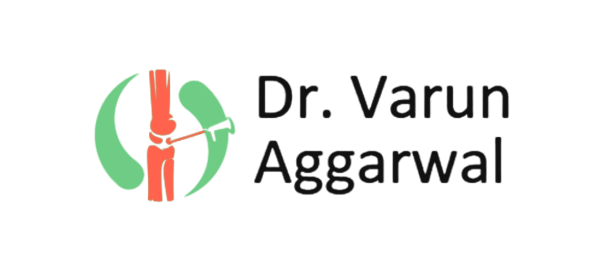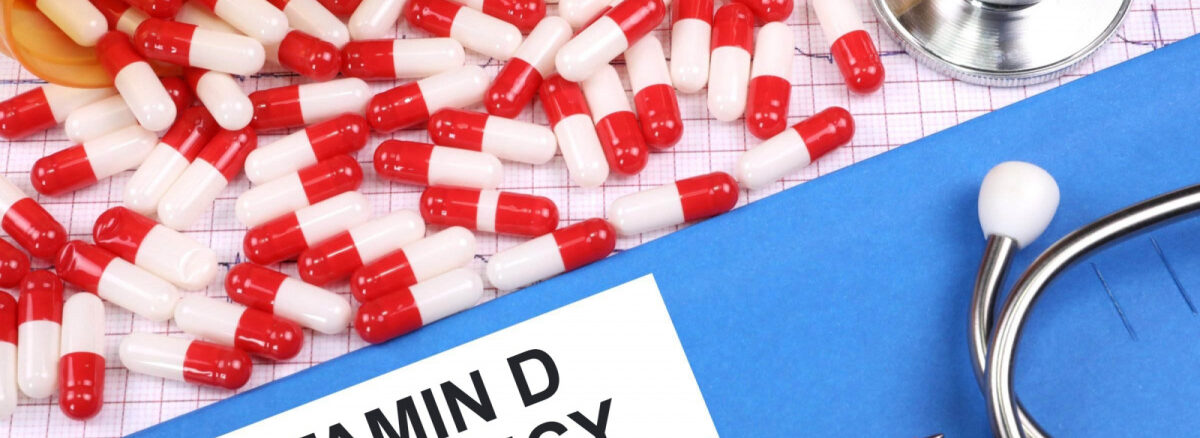Vitamin D is an essential nutrient for good health. Actually, It is more than a single vitamin, but a group of nutrients sharing similarities in chemical structures. Vitamin D can be obtained from supplements, foods, and the Sun. Vitamin D serves a variety of functions in our body. It helps our body absorb calcium and phosphorus, which are important nutrients for bone health. It allows our muscles to move and nerves to send and receive messages throughout the whole body.
Vitamin D2 and D3 are the most common Vitamin D members that we find in our diet. Vitamin D3 (cholecalciferol) is present naturally in animals and is produced by the skin when it is exposed to sunlight, whereas vitamin D2 is mostly obtained from plants and fortified meals. Today, I will give you information on Vitamin D3 for healthy bones, prevalence of vitamin D3 deficiency in Indians, foods rich in vitamin D3, and the role of supplements.
Need of Vitamin D3 For Healthy Bones
Vitamin D3 is essential for maintaining bone strength and avoiding the bone disease osteoporosis. Vitamin D3 helps in the absorption of calcium from food in our intestines. Getting enough of both nutrients is critical for maintaining bone density and strength. In the case of lower Vitamin D, the body can’t obtain calcium from meals, and then it pulls calcium from our bones. As a result, bones get weaker, osteoporosis develops, and fractures occur.
Increasing our Vitamin D3 intake through food is very beneficial for achieving peak bone density. The highest quantity of bone tissue we achieve during adulthood is called bone density. The more bone density we have, the less likely we are to get bone-weakening disorders.
Vitamin D also helps us build stronger muscles along with stronger bones. According to studies, higher amounts of vitamin D have been linked to increased muscle strength. Researchers discovered that persons who consume more vitamin D have higher muscular mass, slimmer bodies, and better-functioning muscles.
In contrast to calcium, which is exclusively obtained through food, vitamin D3 is produced by our body when sunshine strikes our skin. Physically active persons who live in sunny areas can get at least some of their daily needs by spending time outside.
Prevalence Of Vitamin D3 Deficiency And Common Causes In Indians
Doctors are diagnosing practically every urban Indian with a vitamin deficiency that is produced in the body, whether or not they have symptoms. Vitamin D helps calcium absorption, and a deficiency can result in bone problems such as osteoporosis, as well as muscle and nerve disorders. It also makes us more likely to get diabetes.
According to a study, 84.2 percent of Type II diabetes patients and 82.6 percent of hypertension patients were Vitamin D deficient.
It found no significant differences in deficiency levels between the North, South, East, and West regions, with prevalence rates of 88 percent, 90 percent, 93 percent, and 91 percent, respectively.
Vitamin D deficiency has been reported worldwide, in both sun-deprived and sun-rich areas. Despite this, it is the world’s most underdiagnosed and undertreated nutritional insufficiency. Several studies found that people of all genders, ages, and locations have low Vitamin D levels. Because there is no universally accepted criterion for identifying vitamin D deficiency, the cutoff values for deficiency in various studies vary.
Foods Rich In Vitamin D3 And The Role Of Supplements
Vitamin D, like every other vitamin, is required for good health. It is not found naturally in food like other vitamins, but it can be produced by the body. Most people are aware that humans synthesise vitamin D, also known as “sunshine vitamin,” from sunlight. However, most people today do not get much sunlight. The following foods are high in vitamin D, and because they come from animals, they mostly contain D3:
Amount of D3 in Foods Based on 800 IU per day.
| FOOD | IU/SERVING | % RDA* |
| Cereal | 80 per serving | 10% |
| Egg yolks | 44 per yolk | 6% |
| Trout | 645 per 3 ounces | 81% |
| Halibut | 384 per half fillet | 48% |
| Fresh salmon | 570 per 3 ounces | 71% |
| Sardines | 46 per 2 fish | 6% |
| Tuna | 40 per 3 ounces | 5% |
| Milk (fortified) | 120 per cup | 15% |
| Butter | 9 per tablespoon | 1% |
| Mackerel | 360 per half fillet | 45% |
| Cod liver oil | 1,360 per tablespoon | 170% |
| Cheese | 12 per ounce | 2% |
Supplements
The simplest approach to guarantee getting enough vitamin D3 every day is to take supplements. According to studies, supplements appear to be just as effective as sunlight and diet in increasing D3 levels. Before you start using D3 supplements, talk to your doctor. Discuss the advantages and dose that is most appropriate for your requirements.
When you’re ready to begin taking a daily supplement, do our homework to identify high-quality options. Always double-check that:
- The labelled ingredients and potencies are accurate.
- The levels of contaminants should not be harmful.
- The supplements should be absorbable by our body.
- The manufacturers followed FDA procedures and guidelines.
Summary
In this blog, I have provided every essential detail about Vitamin D3 for healthy bones, the prevalence of vitamin D3 deficiency in Indians, foods rich in vitamin D3, and the role of supplements. Hopefully, now you will balance your diet and improve the vitamin D3 level in your body, which will help you in the prevention of bone diseases.


